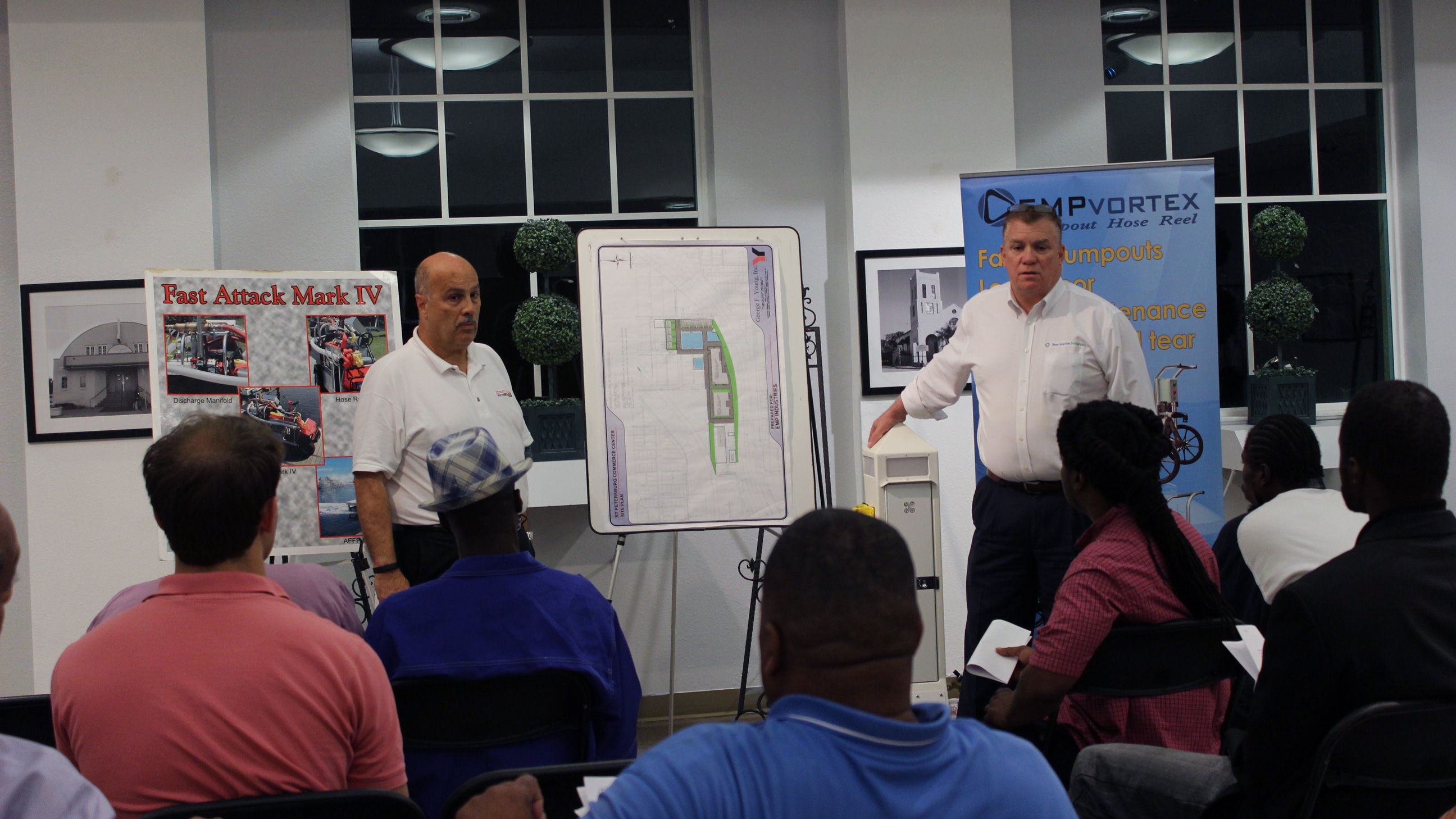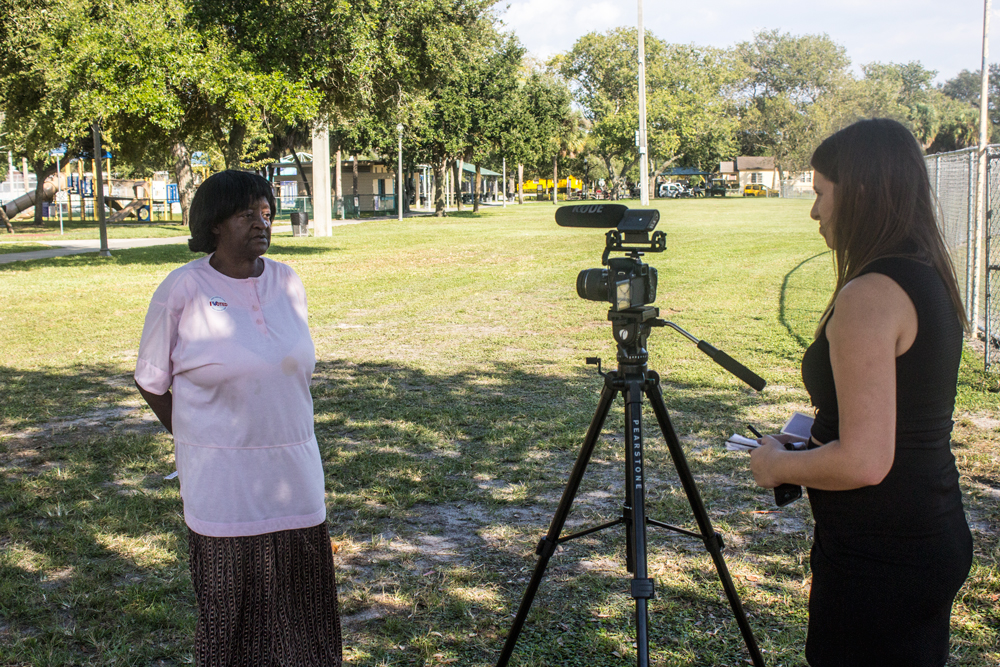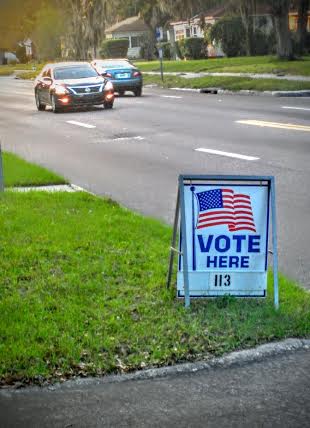BY ANNA STEBBINS, IVY CEBALLO, DAVID STONER, JADE ISAACS AND KATIE CALLIHAN
NNB Reporters
MIDTOWN- Midtown schools are still undergoing the process of bringing in money for teacher training, in hopes for a better classroom atmosphere, but could the most important part be the passion of the teachers?
After being deemed “Failure Factories” in 2015, Midtown schools continue to attempt to increase classroom success and teacher longevity, but the cure to the academic disease might lie in the educator’s passion to teach.
In January of last year, Pinellas County school officials pledged to spend $1 million and partner with the New Teacher Project, based out of Brooklyn, New York. The program, Scale Up for Success, could live up to its name for Pinellas County schools by offering teacher training, teacher’s assistance and mental health experts on hand.
The program includes five St. Petersburg schools: Campbell Park Elementary, Melrose Elementary, Fairmount Park, Lakewood and Maximo.
The partnership has had its start at Campbell Park Elementary, where turnaround efforts are a focus.
Third-year principal at Campbell Park, Robert Ovalle, says that he is dedicated to the concentration of teacher training and support from all faculty and staff.
“Our ultimate goal is to support classroom teachers. They are the teachers working hard on the front line,” said Ovalle.
Ovalle is dedicated to use this ongoing opportunity of additional funding to not only train his teachers, but also give him the reinforcement to add further support as an entire school unit.
“There are certain obstacles here that come up but that’s what my job is, to prepare teachers to have those skill sets,” said Ovalle.
As for the Scale Up For Success program, which is expected to provide more advantages and will continue to provide stability in the classroom environment, according to Ovalle, it will only be successful if teachers are passionate about what they do.
“Teachers stay at schools like this because they have that deep passion to give kids a quality education,” said Ovalle.
Campbell Park Elementary third-grade teacher, Jordan Blakeney, conducts daily morale and welfare checks with her students on her classroom floor.
“Some say, I haven’t had breakfast, I’m checking in,” said Blakeney, “If I have anything that I can give them, I will.”
She uses this exercise to assess how to help her students’ performance throughout the day.
“Whatever they feel like they need to express, they can say, and if they don’t want to say anything, I still require them to say I have nothing to say, but I’m checking in,” she said.
For the school year of 2007, Campbell Park Elementary received a letter “B” grade performance at a 70 percent student minority rate. In consecutive years, the grade dropped from “B” to “C” to “D” and, finally, to “F”, according to the Florida Department of Education’s accountability report.
The latest “F” grade is from the 2013 school year, at an 88 percent student minority rate.
“Just because we’re an F doesn’t mean that we’re not teaching, we’re not working,” said Blakeney, “It’s the exact opposite actually.”
Blakeney said that Scale Up For Success has helped her reflect on her teaching skills and find ways to challenge herself and her students. The program has provided her and other participating teachers with a math coach, a reading coach and a behavior coach to offer them individual feedback.
“We neglect a lot of our own lives to support the school and our families. I know of co-workers who stay extra to help kids. Their kids at home aren’t seeing them,” said Blakeney.
The same outlook about teaching is expressed by Connie Fowler, a Pinellas County teacher of 28 years.
“The money doesn’t matter; teachers teach to teach. They love kids. I didn’t come to this school to get a bonus or paid for the extra half an hour. I’m just drawn to working with minority students who live in poverty,” said Fowler, who taught at Lakewood Elementary for 17 years.
Over the past 80 years, Midtown’s educational foundation has been set, dissembled, and reassembled in a way where the pieces do not fit back together. Some pieces are broken and some pieces are missing.
It was not until 1971 when the School Board voted to desegregate the schools across Pinellas County.
Rules used to be active in making sure that schools were not more than 30 percent black. This caused students to be bused away from their neighborhood schools and instead receive their education in a mixed and fair learning environment.
Complaints about the inconveniences and costs of busing these students away from their neighborhood schools caused a reverse in the zoning system in 2007.
In December of that year, the School Board decided on a plan that stopped the integration and rezoned students to their neighborhood schools.
This, in return, caused schools to lose their mixed social and economic learning environment. In time, classrooms turned into mostly all white and all black classrooms. This action resulted in a staggering drop in academics across the board, especially in Midtown.
Students started failing at rates that teachers couldn’t keep up with. This created a cycle of discouraged and stressed out teachers who could not handle the mess.
“I watched over 50 percent of a very dedicated staff walk out the door. I passed but lost most of my friends to the cut and then were fully a neighborhood school,” said Fowler.
Today, the education of Midtown has been an experiment of trial and error.
Leaving Lakewood Elementary in 2015, Fowler has seen the evolution of the school system after the re-segregation and zoning changes.
The Scale Up for Success Program combined with the reinforced passion of teachers might finally be the answer that Midtown schools are looking for.
“Teachers work harder than ever before and are so stressed. Money doesn’t even come into play, they do it because it’s who they are,” said Fowler.


